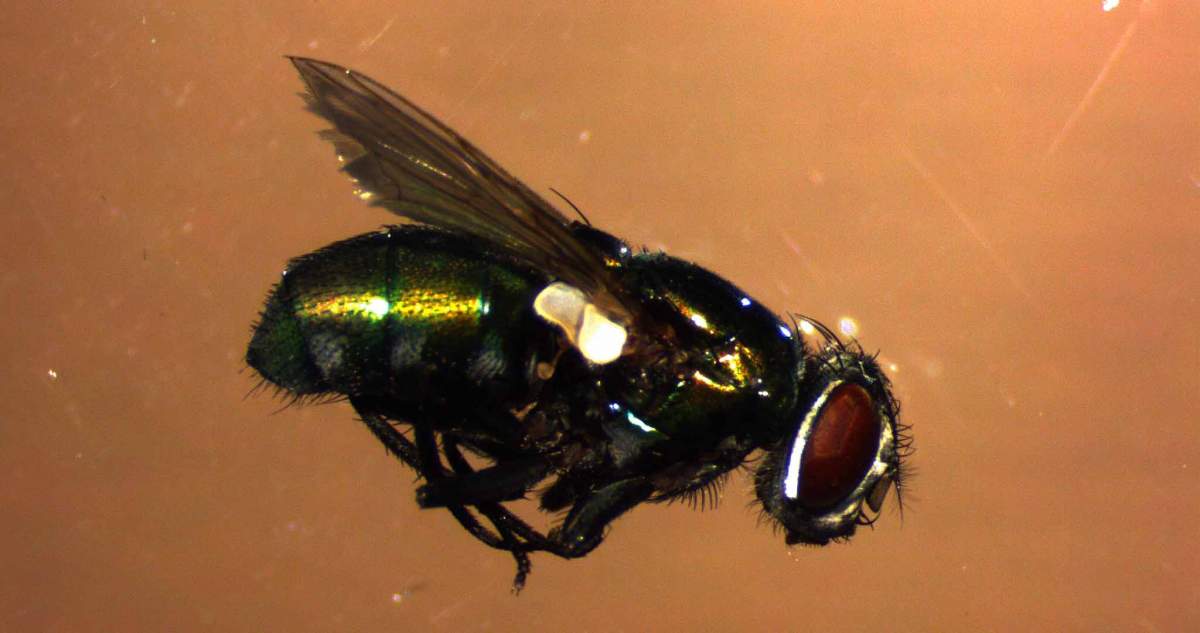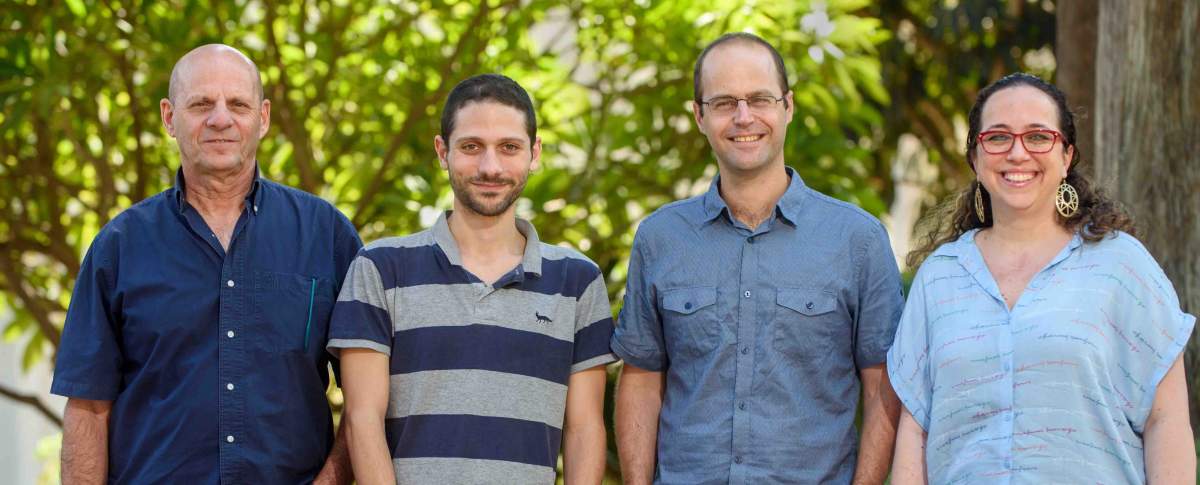Are you a journalist? Please sign up here for our press releases
Subscribe to our monthly newsletter:

Thousands of tons of insecticides are spewed on crops and farm animals worldwide, and these amounts are still growing because the insects are increasingly developing resistance to the chemicals. Researchers at the Weizmann Institute of Science, in collaboration with scientists in Australia, have found a way to overcome a common form of resistance to widely used insecticides. These findings, reported recently in the Proceedings of the National Academy of Sciences (PNAS), may help drastically reduce the use of insecticides, cutting environmental pollution as well as the cost of insect control.
Many of the universally used insecticides work similarly to nerve gas: They kill insects by blocking an enzyme called acetylcholinesterase, or AChE, which plays a crucial role in transmitting nerve signals. A major mechanism by which insects can become resistant to the insecticides involves a mutation in one of the enzymes belonging to the AChE family.
Dr. Nir London, of Weizmann’s Organic Chemistry Department, had the idea to try countering this resistance mechanism when he heard a lecture by Prof. Colin Jackson of the Australian National University, whose team had determined the structure of an enzyme that when mutated imparts resistance to the sheep blowfly Lucilla cuprina. This blowfly inflicts hundreds of millions of dollars in losses annually on the Australian sheep industry. Together with Jackson’s team, London set out to search for molecules that would block the enzyme, thus making the blowfly again vulnerable to the insecticide.
In this collaborative project, London used the computer algorithm he had developed for discovering small molecules that can block the activity of an enzyme – or any other protein – by forming an extremely strong bond with its active site. He and graduate student Daniel Zaidman screened some 23,000 commercially available compounds containing boronic acid, which is known to bind to active sites of proteins of the AChE family. Relying on the algorithm’s predictions for the best fit with the resistance enzyme, the scientists selected five of the compounds that promised to be most effective.
Adding the compound made it possible to cut the required amount of insecticide by up to 16 times
Dr. Galen Correy from the Jackson lab found that all five compounds were indeed extremely potent inhibitors of the enzyme. When he solved the structures of the complexes formed by each of these compounds with the enzyme, the structures almost perfectly corresponded to the ones that had been predicted by London’s algorithm. The scientists then used these structures to make further improvements to the compounds.
Next, the researchers tested the new compounds on blowflies in the larval stage. One of the five proved particularly effective at killing the larvae. When added to a common insecticide, it increased its effectiveness five-fold against regular, non-resistant blowflies – that is, one-fifth the amount of the insecticide could be used, compared to the amount needed to kill the same number of blowflies without the compound. But particularly dramatic results were seen in resistant blowflies: Adding the compound made it possible to cut the required amount of insecticide by up to 16 times.
“In effect, the compound reversed the resistance of blowflies to commonly used insecticides,” London says.
In other experiments, conducted by the BioTransfer company in France, the compound proved effective against another widespread agricultural pest, the peach-potato aphid Myzus persicae. It significantly increased the effectiveness of a common insecticide, helping to overcome the aphid’s resistance to this chemical.
The compound is expected to be non-toxic to humans and other mammals. It doesn’t interact with human AChE, and in laboratory experiments it exhibited little or no effect on mice and on human cells, even when applied at high concentrations.

“Our approach was shown to be effective against two agricultural pests, but it could be applied to eliminating many other pests,” London says. “What’s important is that it can help significantly reduce the use of insecticides without compromising their effectiveness.”
Study authors also included Prof. Alon Harmelin of Weizmann’s Veterinary Resources Department; Dr. Silvia Carvalho of the Nancy and Stephen Grand Israel National Center for Personalized Medicine at the Weizmann Institute of Science; Dr. Peter D. Mabbitt of the Australian National University in Canberra; Prof. Peter J. James of the University of Queensland; Dr. Andrew C. Kotze of CSIRO Agriculture and Food, St Lucia, Australia; and Dr. Viviane Calaora of BioTransfer, Montreuil, France.
Dr. Nir London's research is supported by the Alan and Laraine Fischer Career Development Chair; the Moross Integrated Cancer Center; the Helen and Martin Kimmel Center for Molecular Design; the Rising Tide Foundation; the Joel and Mady Dukler Fund for Cancer Research; the estate of Emile Mimran; and Virgin JustGiving.